Top 10 Longest Subways In The World
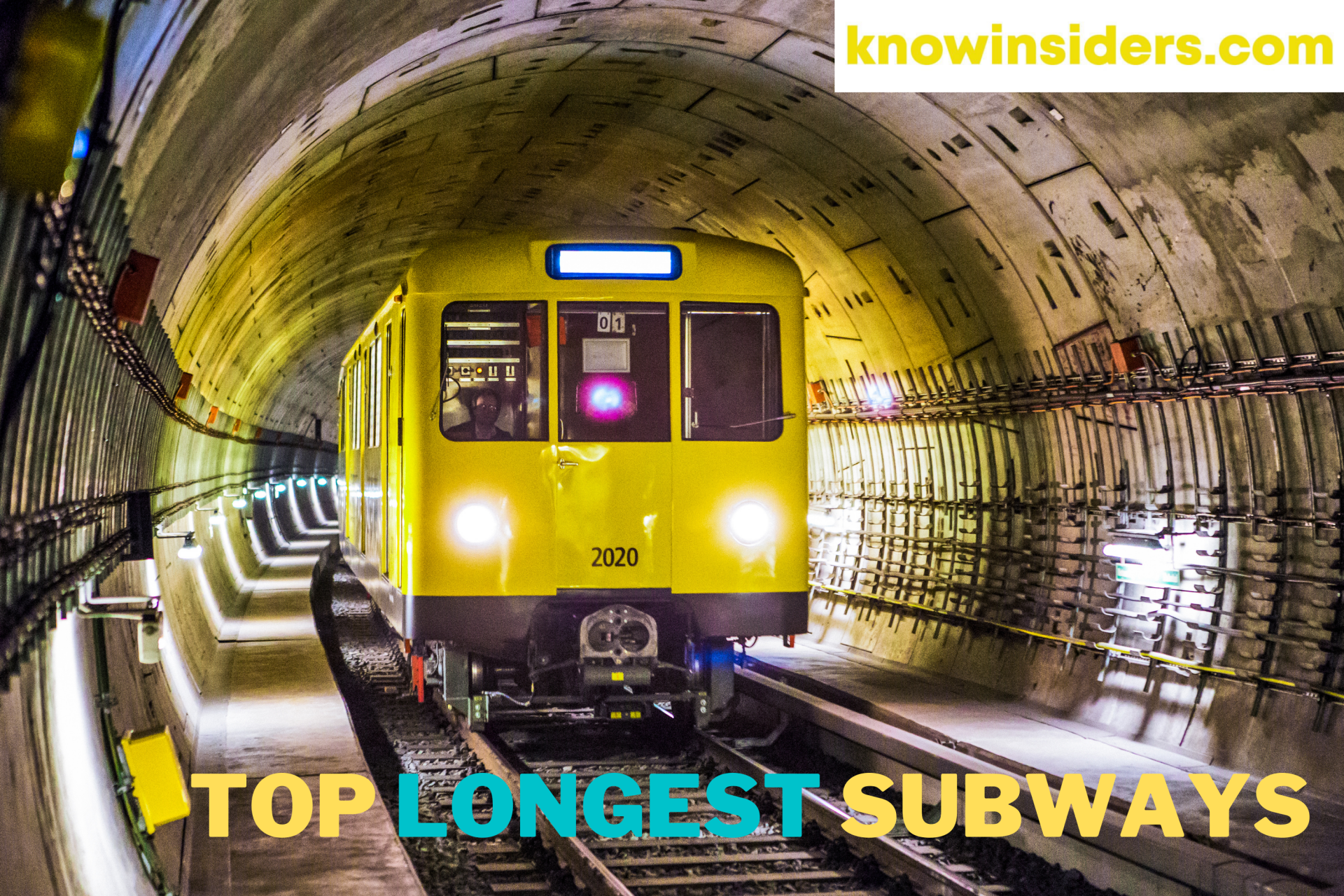 |
| Photo KnowInsiders |
Metro is at the top of one of the most commonly used types of transport in the world. How good is metro systems? Every day, we prefer to use the metro several times when we go to school, hurry to work and, most importantly, try to get rid of traffic jams.
It maintains its popularity and leadership among all other types of transportation, with its comfort and, most importantly, speed. Have you ever wondered what cities have metro systems? But metro systems are the longest, most extended, fastest with most stations in the world, and in which countries are they?
List of The Top 10 Longest Subways In The World
1.Seoul Subway, South Korea
2.Shanghai Metro, China
3.Beijing Subway, China
4.London Underground, United Kingdom
5.New York Subway, United States
6.Moscow Metro, Russia
7.Tokyo Subway, Japan
8.Madrid Metro, Spain
9.Guangzhou Metro, China
10.Paris Metro, France
1.Seoul Subway, South Korea
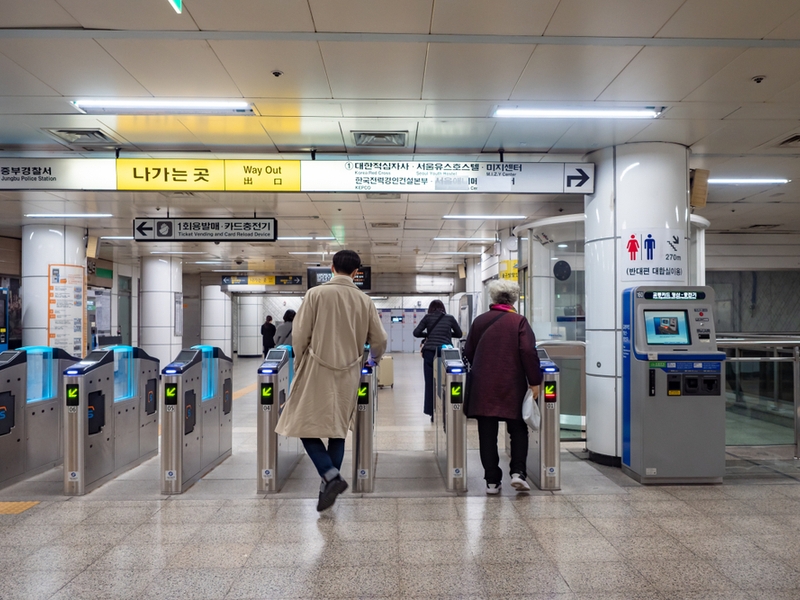 |
| Photo Railway Technology |
Seoul subway serving the Seoul Metropolitan Area is the longest subway system in the world. The total route length of the system extended as far as 940km as of 2013. The first line of the subway was opened in 1974 and the system presently incorporates 17 lines (excluding the Uijeongbu LRT and the recently opened Yongin Ever Line).
The subway system is operated by multiple operators including the state-owned Seoul Metro, Seoul Metropolitan Rapid Transit Corporation, Korail, Incheon Transit Corporation, and other private rapid transit operators. Many extension projects are under construction on the already extensive subway network. The annual ridership of the subway system in 2012 was a mammoth 2.518 billion making it the second busiest subway system after Tokyo subway.
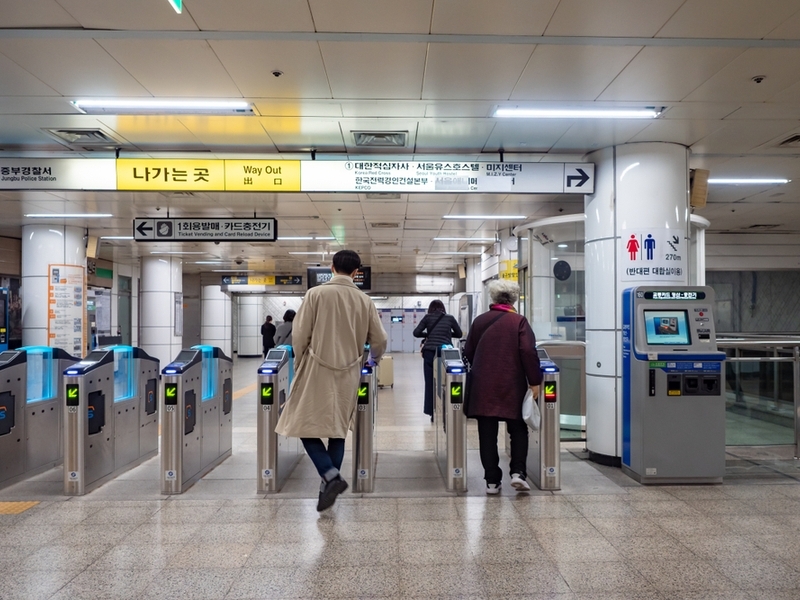 What Is The Longest Subway In The World? What Is The Longest Subway In The World? Seoul subway serving the Seoul Metropolitan Area is the longest subway system in the world. Let’s find out some ... |
2.Shanghai Metro, China
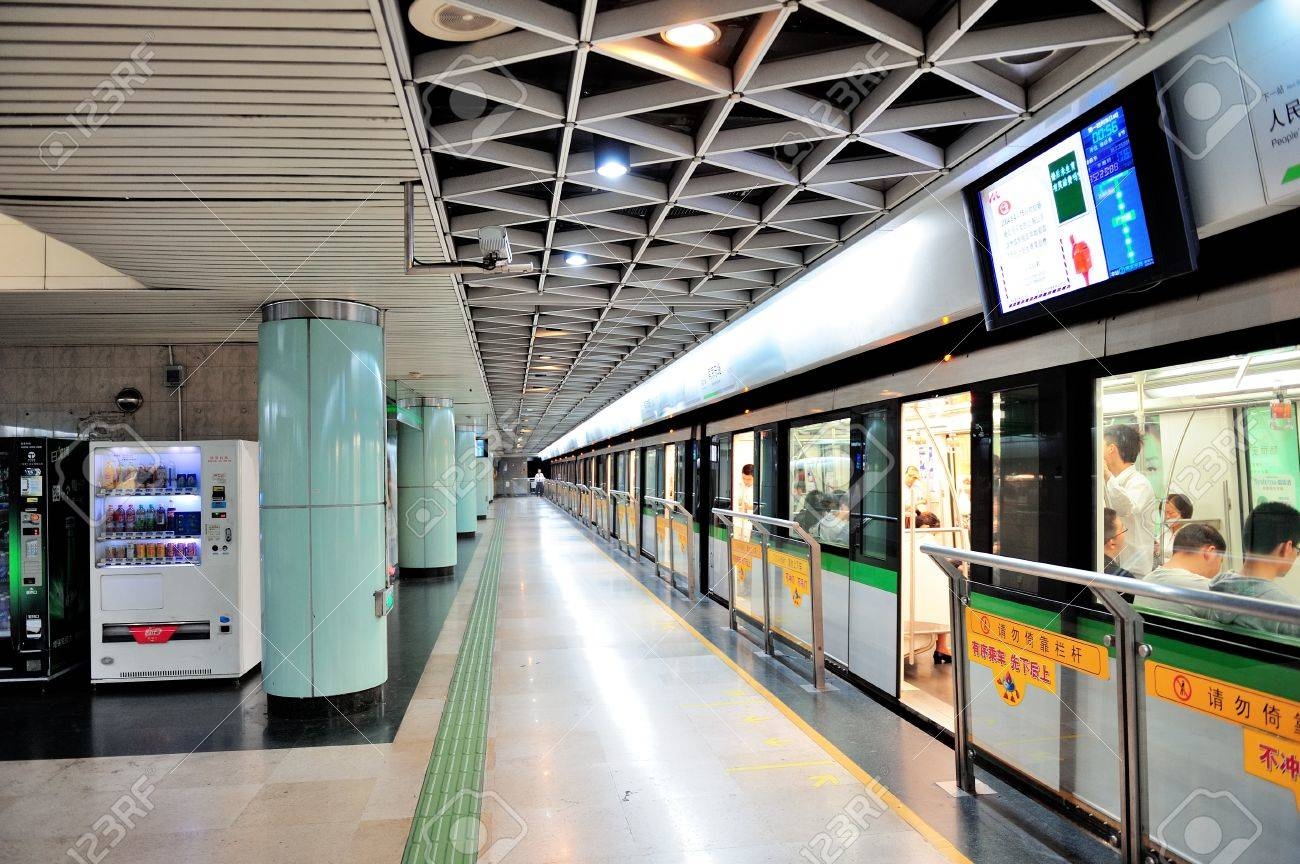 |
| Photo 123rf |
The 468km network of the Shanghai Metro makes it the world’s second longest. Shanghai Metro is the third rapid transit system in Mainland China, after Beijing and Tianjin. Shanghai Shentong Metro operates the network through its four subdivisions.
The Shanghai Metro, which was first launched in 1993, is the second-largest metro in the world for 345 stations and the longest with a total length of 676 km. With a tiny difference, i.e., with over 3.7 billion ridership annually, it is the busiest metro in the world after the Beijing Subway. It has the same value as the Beijing Subway, with more than 10 million ridership in a day and 13 million records performance.
The system is currently operated with 12 lines and 303 stations. Construction is underway to extend a few of the existing lines and add new lines to the system. The metro network is planned to be expanded up to a length of 877km with 22 lines. The annual ridership of the metro in 2012 was 2.276 billion.
3.Beijing Subway, China
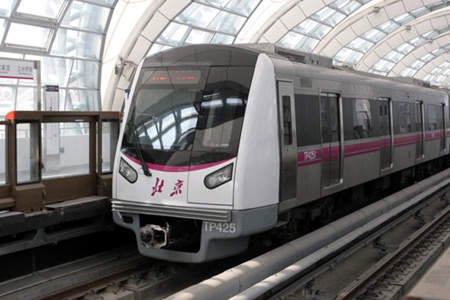 |
| Photo Railway Technology |
Beijing Subway, China’s oldest metro system, currently ranks as the world’s third longest subway system comprising of 17 operatinglines spanning a total length of 456km. The subway system has been in operation since 1969 and is owned by the city of Beijing. State-owned Beijing Mass Transit Railway Operation operates 14 lines of the system, while the other three lines are operated by Beijing MTR through a public-private joint venture with the Hong Kong MTR.
| Although many articles say that there are 394 metro stations, 60 of them are transfer stations, and this number is double-counted. There are 331 stations in the Beijing Subway. The subway system, first launched in 1969, celebrated its 50th anniversary on October 1 this year. The total route length is 678.2km, but it is considered 669.4km without the Xijiao line. Therefore, Beijing Subway is the second longest metro system in the world. Its daily ridership is more than 10 million, but on July 12 this year, it was more than 13 million and, thus, broke a record. However, it was not content with the high performance; it ranked first in the list of busiest metros in the world with over 3.8 billion ridership annually. Nevertheless, I think it is not surprising that the capital city, with a population of over 21 million, has this figure and is in the top three in all three categories. |
4.London Underground, United Kingdom
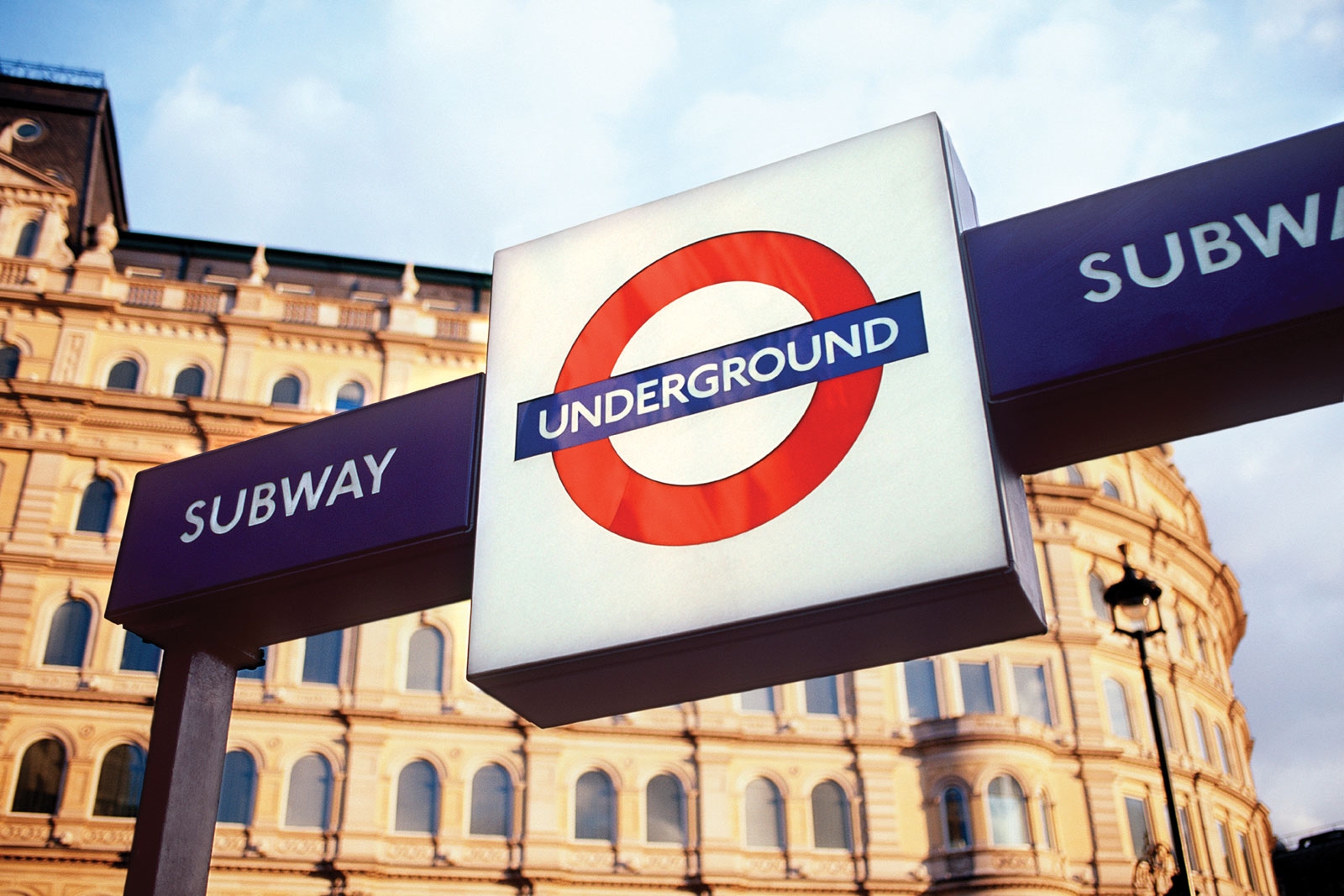 |
| Photo Britannica |
London Underground, commonly known as the Tube, with a total route length of 402km is the world’s fourth longest subway system.It is also the oldest metro system in the world and has been operational since 1863. It comprises of 11 lines and 270 stations, and is operated by Transport for London (TfL).
The subway system provides inner-city metro services in Greater London and suburban railway services to some parts of Buckinghamshire, Hertfordshire and Essex counties. Surface lines comprise 54% of the system, while the rest 46% runs on sub-surface and deep-level tube lines. The annual ridership of the system was estimated at 1.17 billion in 2012. TfL has been carrying out major improvement programmes on the London Underground since 2007.
5.New York Subway, United States
 |
| Photo NY Post |
The New York subway is currently the world’s fifth longest subway system, with a total route length of 368km. The New York City Subway opened in 1904 and is considered the eighth oldest subway, is the world's most extensive metro system with 424 stations, leaving behind the second place with a significant difference. We can say that there are 472 stations if to count the transfer stations. 470 of these 472 stations operate 24 hours a day all year long. It is planned to give another 14 new stations into operation.
The rapid transit system, serving the New York City, commenced operation in 1904. It is owned by the City of New York and operated by the New York City Transit Authority, a subsidiary of the Metropolitan Transportation Authority.
The annual ridership of the subway in 2012 was 1.665 billion. Times Sq-42, followed by Grand Central-42, was the busiest station of the subway network with an annual ridership of 62 million.
6.Moscow Metro, Russia
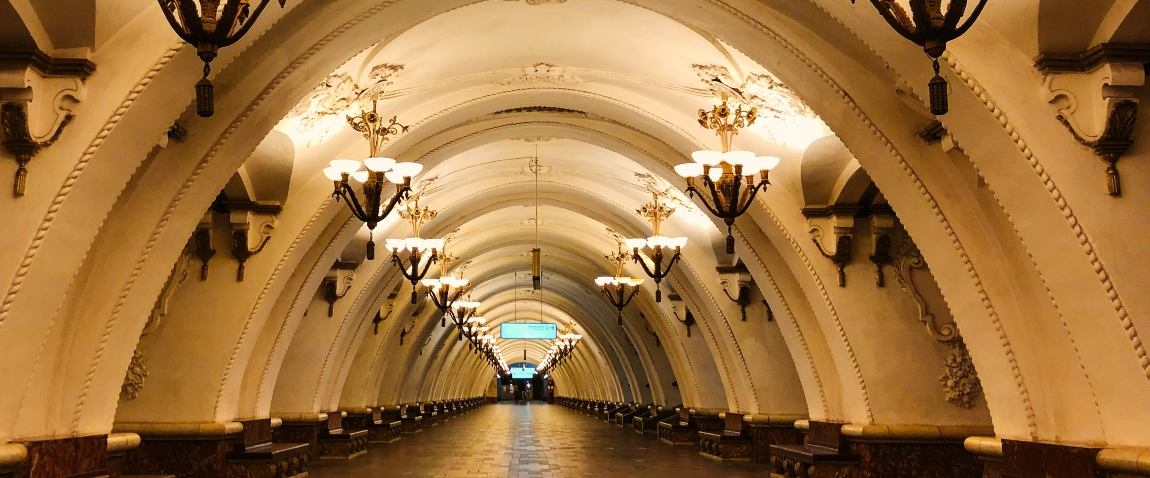 |
| Photo Pick Visa |
The 317.5km long Moscow Metro is the sixth longest subway system in the world. It is mostly underground, and serves the city of Moscow and the neighbouring towns Krasnogorsk and Reutov. State-owned enterprise Moskovsky Metropoliten owns and operates the metro system.
The Moscow Metro is currently operated with 12 lines and 190 stations, and recorded an annual ridership of 2.389 billion in 2012. Lermontovsky Prospekt and Zhulebino are the two most recent stations inaugurated in November 2013 as part of the Tagansko-Krasnopresnenskaya line expansion. It is undergoing a major expansion programme to add 150km of line to the network by 2020.
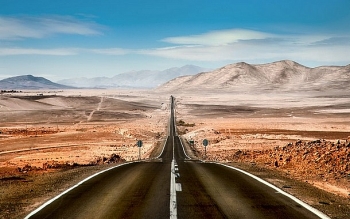 Top 5 Longest Highways in the World Top 5 Longest Highways in the World What are longest highways: To help you have a deeper understanding about how awe-inspiringly huge our world really is, here’s a look at the top ... |
7.Tokyo Subway, Japan
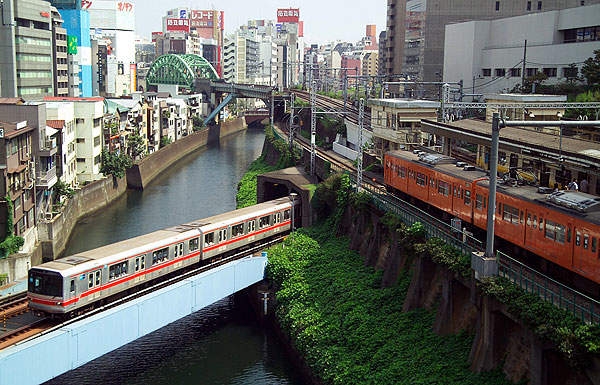 |
| Photo Pick Visa |
Tokyo subway system ranks seventh among the world’s longest subway systems. The total route length of the subway system as of 2013 was 310km comprising of 13 lines and 290 stations. Private company Tokyo Metro operates nine lines and 184 stations, whereas Tokyo Metropolitan Bureau of Transportation, also known as the Toei Subway, operates the remaining four lines and 106 stations.
| Tokyo subway is the busiest subway system in the world and recorded an annual ridership of 3.102 billion in 2012. Since the opening of first line in 1927, the Tokyo rapid transit system has been expanded to better serve the megacity with a population over 35 million as well as provide connections to suburban railway lines outside central Tokyo. |
8.Madrid Metro, Spain
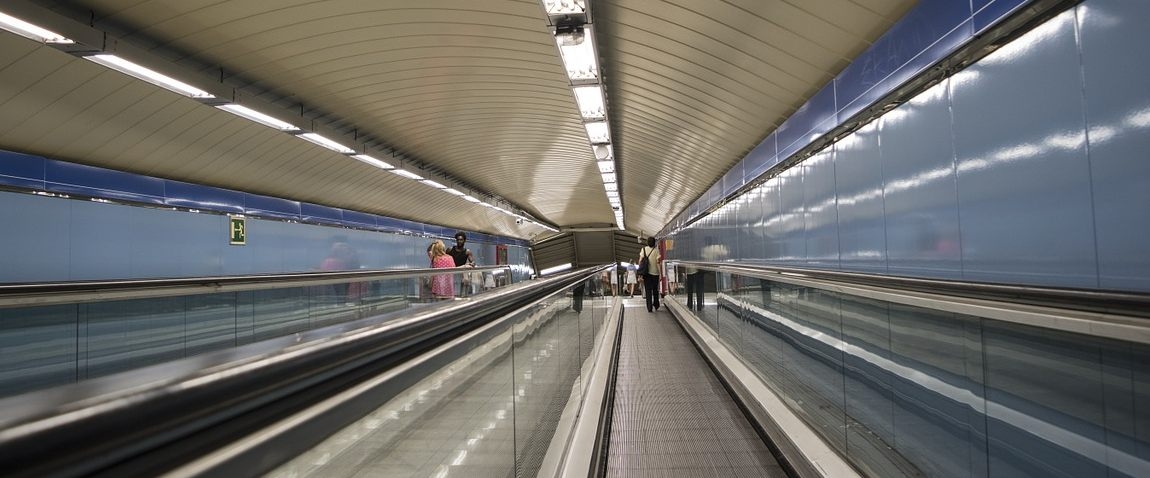 |
| Photo Pick Visa |
The Madrid Metro system serving Madrid, the capital city of Spain, is currently the world’s eighth longest metro system. The Madrid Metro runs 293km long consisting of 13 lines and 300 stations. The first line of the system began operation in 1919. Metro de Madrid, under the administration of the autonomous community of Madrid, is the operator of the network.
The Madrid metro system, which celebrated its 100th anniversary on October 17, was ranked sixth in our largest metro systems list with 302 stations. The total length is 293km. It is the least used metro system on our list, with more than 600 million annual ridership in 2018.
Interestingly, the Madrid metro system has as many escalators as it has ever been anywhere else in the world. It has a total of 1705 escalators and 529 elevators.
9.Guangzhou Metro, China
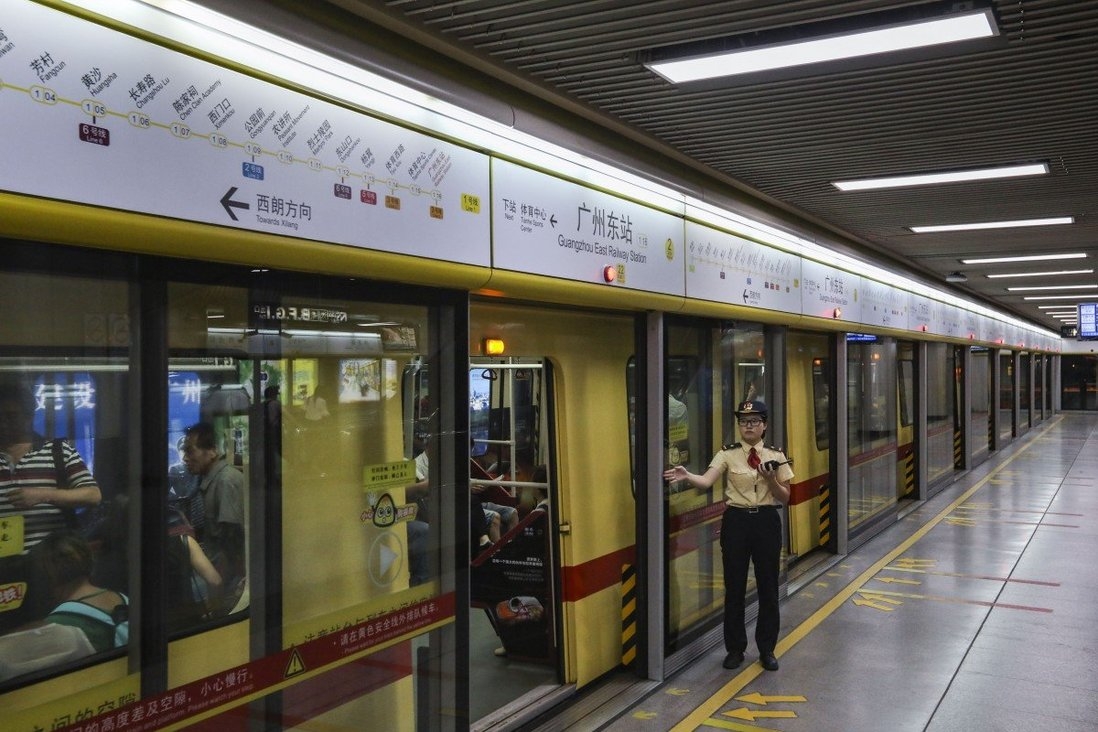 |
| Photo South China Morning Post |
Guangzhou Metro system serving the city of Guangzhou in the Guangdong Province of China is currently the ninth longest subway system in the world. The metro system has been operational since 1997 and currently measures 232km long. It currently consists of eight lines and 144 stations, and is operated by state-owned Guangzhou Metro Corporation.
Guangfo line, the first intercity underground metro line in China, is part of the Guangzhou metro and connects Guangzhou with Foshan. The annual ridership of the Guangzhou metro in 2012 was 1.825 billion. The metro network continues to be expanded with construction of new lines and expansion of the existing lines. The route length of the system is expected to exceed 600km by 2020.
10.Paris Metro, France
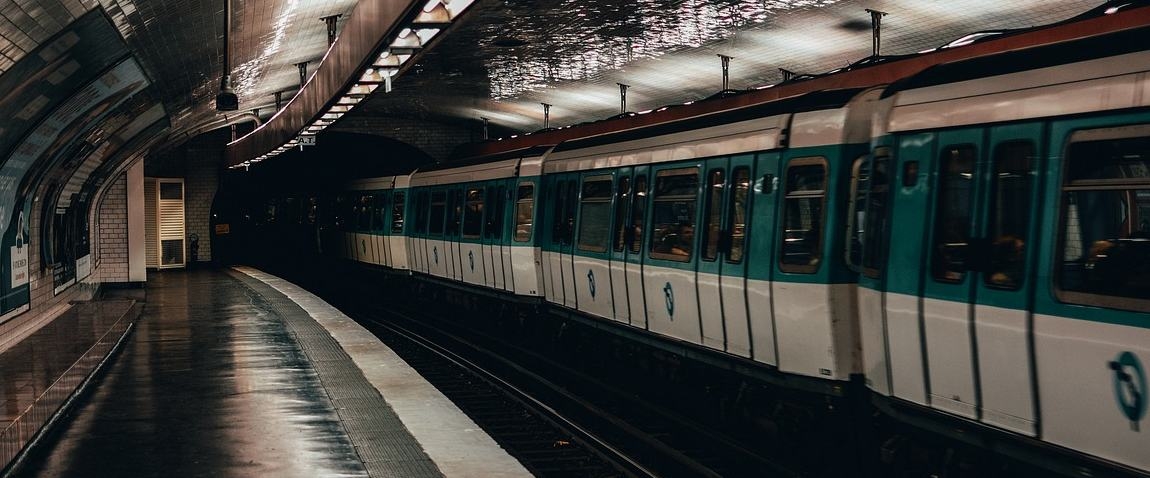 |
| Photo Pick Visa |
Paris Metro serving the French capital city Paris and the Paris Metropolitan Area is the world’s tenth longest metro system with total route length of 218km. Paris Metro is one of the oldest urban transit systems in the world; the first line of the metro was opened in 1900.
The Paris Metro, which was founded in 1900, precisely ten years after the London Underground, is known as the fifth oldest subway system in the world. It also ranks fifth in the world's largest metro systems list, with 302 stations, the same as the Madrid Metro. Nevertheless, we can even say that there are 303 stations, as the Montmartre funicular operates under the name "Funikulaire" as the 303rd "fake" station and is part of the metro system. It is daily ridership is over 4 million and over 1 billion annually.


























